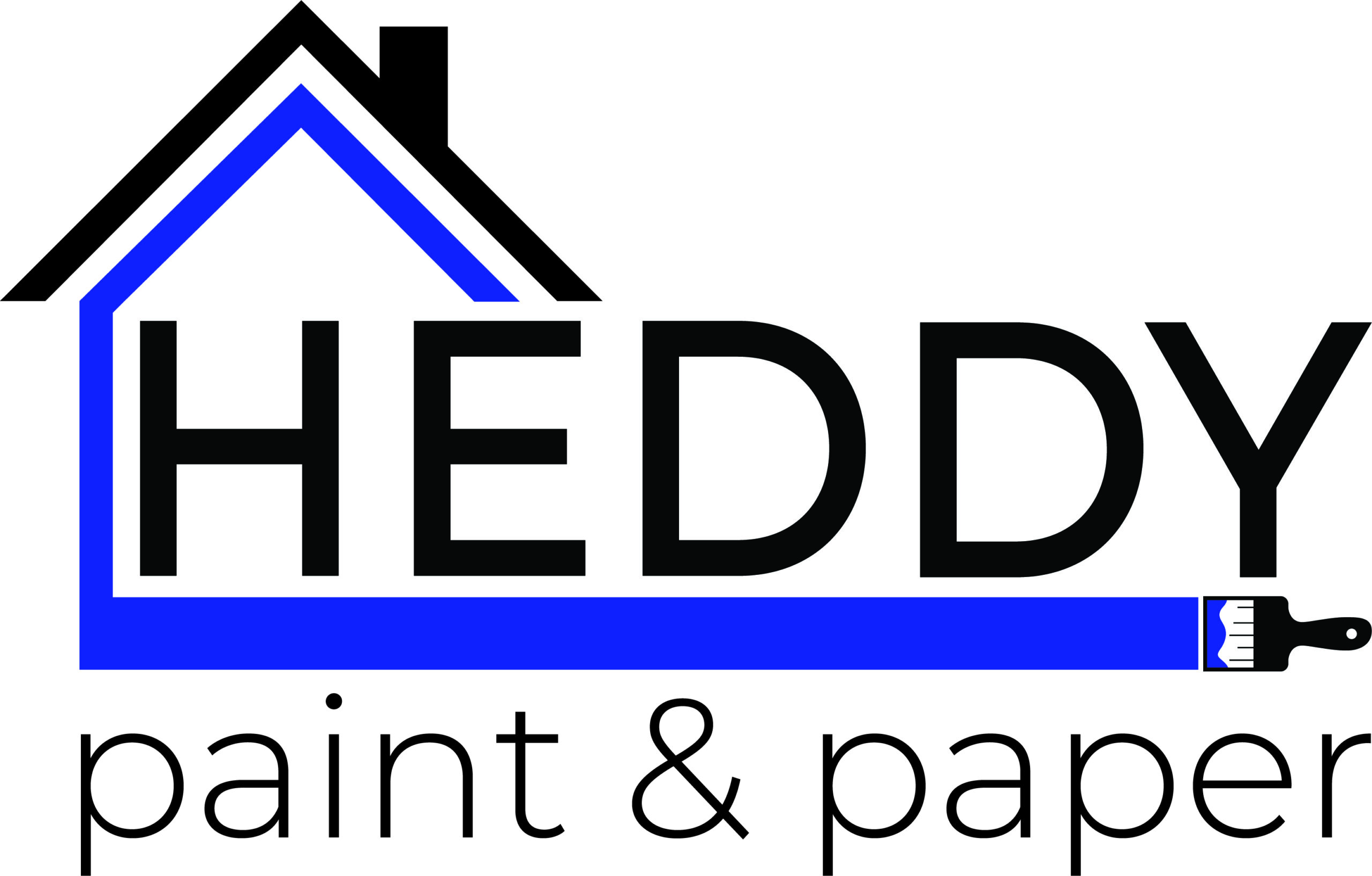OUR SERVICES
Textured Ceilings
Textured ceilings, also known as popcorn or stipple ceilings, were popular in the past for their ability to hide imperfections and add visual interest to a space. However, many homeowners nowadays prefer smooth, flat ceilings. If you have textured ceilings and want to remove or modify them, here are some options:
Removal: Removing textured ceilings can be a messy and labor-intensive process, but it can significantly transform the look of a room. Here’s a general process for removing textured ceilings:
a. Preparation: Clear the room of furniture and cover the floor with drop cloths or plastic sheets to protect it from debris. Remove light fixtures, ceiling fans, and other items attached to the ceiling.
b. Safety precautions: It’s essential to take safety precautions when dealing with textured ceilings, as they may contain asbestos in some older homes. If your home was built before the 1980s, it’s recommended to have a professional test for asbestos before proceeding with removal.
c. Wetting the texture: Spray water onto the textured ceiling using a pump sprayer or a garden sprayer. This helps to loosen the texture and make it easier to scrape off.
d. Scraping: Use a wide putty knife, a ceiling texture scraper, or a specialized tool designed for popcorn ceiling removal to scrape off the texture gently. Work in small sections, being careful not to damage the underlying drywall or plaster.
e. Smoothing the surface: After removing the texture, you may need to sand the surface to create a smooth and even finish. Repair any imperfections, such as cracks or holes, with joint compound or spackling paste. Sand the repaired areas and the entire ceiling for a consistent look.
f. Priming and painting: Apply a primer designed for ceilings to the newly smoothed surface, followed by your chosen ceiling paint. Make sure to follow the manufacturer’s instructions for drying times and proper application techniques.
Covering or modifying the texture: If you prefer not to remove the textured ceiling, you have a few options to modify or cover it up:
a. Skim coating: Skim coating involves applying a thin layer of joint compound or a specialized skim coating product over the textured surface to create a smooth finish. This method requires some skill and experience to achieve a professional result, so it may be best to hire a professional for this task.
b. Ceiling paneling: Installing ceiling panels, such as beadboard, wood planks, or PVC panels, can cover the textured ceiling while adding a new design element. This method can give your ceiling a fresh look without the need for extensive removal or repairs.
c. Ceiling tiles: Adhering or installing ceiling tiles can also cover up a textured ceiling. There are various styles and materials available, including acoustic tiles, faux tin tiles, or decorative foam tiles. Choose a style that suits your taste and complements your overall interior design.
When deciding whether to remove or modify textured ceilings, consider your personal preferences, the condition of the ceiling, and your budget. It’s always a good idea to consult with us we can provide guidance and help you make an informed decision based on your specific situation.
